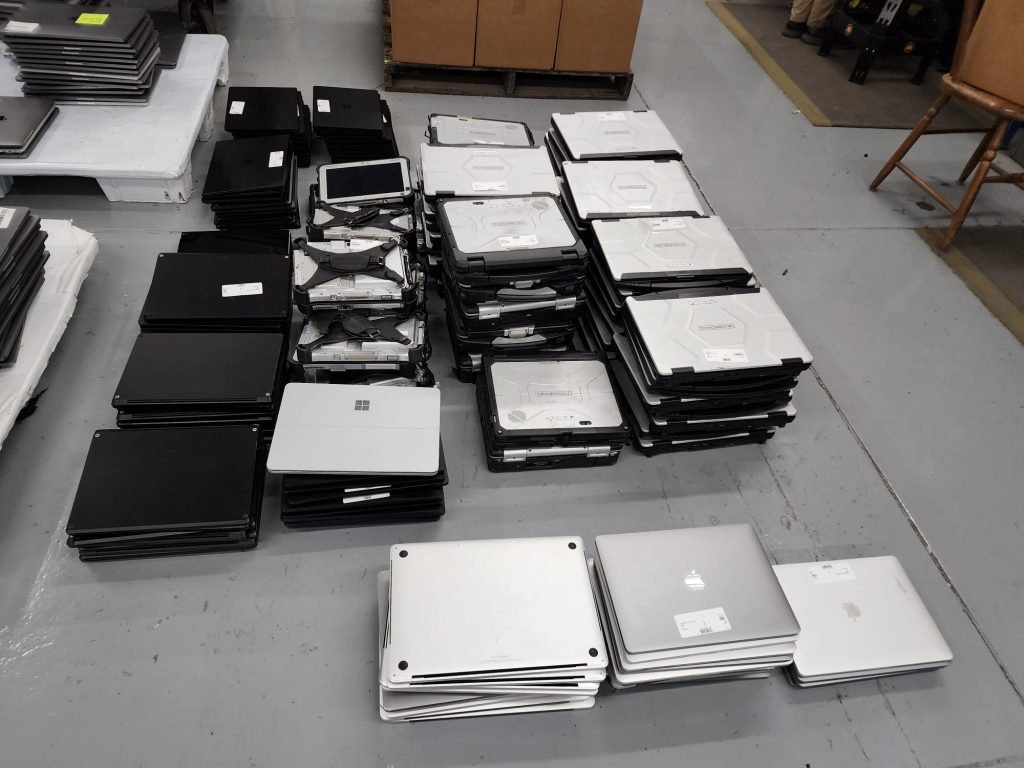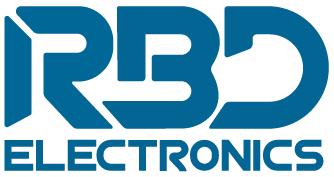Many organizations have storage rooms full of old and unused desktop computers, laptops, printers, servers, and other IT equipment. While it may seem easier to just store these depreciating assets, clearing out this e-waste has many benefits. Here are some top tips for organizations looking to
sell their used IT equipment.
Assess the Condition and Value
The first step is taking inventory and assessing the condition of the used computers, laptops, and other devices. Make note of the make, model, specifications, age, and physical condition of each item. Inspect for any damage like cracked screens or keyboards, battery issues, missing components, etc.
The condition greatly impacts the resale value. Cosmetic damage may not affect functionality but will lower the price. Anything not in working order will fetch very little or need repairs to sell. Check sites like eBay to gauge the current market value for used equipment based on condition.
Wipe Data and Reset to Factory Settings
Before selling IT equipment, it’s crucial to properly wipe all data and reset devices to factory settings. Use disk wiping software to overwrite hard drives multiple times. For phones and tablets, reset to factory defaults. This protects sensitive company and customer data.
Provide evidence like data wiping certificates to show buyers the devices have been cleared of proprietary information. Failing to wipe can not only leak data but also deter buyers and lower resale prices.
Research Local Buyers and Market Value
The next step is researching the local market and potential buyers for used corporate IT assets. While you can sell online through sites like eBay, local buyers may pay more as they save on shipping. Plus, local sales are often faster and simpler.
Check electronics recyclers, refurbishers, Value Added Resellers (VARs), pawn shops, and IT asset disposition companies. Get quotes from several buyers to compare offers. Consider bundling monitors, keyboards, and accessories with desktops or servers to increase value.
Time Sales Strategically
Timing the sale properly can help maximize resale value. Prices may dip for older models after new versions launch. Holiday downtime like summer or between Thanksgiving and New Year’s is a good time to sell IT equipment and clear space.
BATCH sales around quarterly or yearly replacement cycles when lots of equipment comes out of service. Avoid dumping too many items at once into the local market, depressing prices. Spread sales throughout the year to stabilize value.
Prepare Equipment for Sale
Once you’ve selected a buyer, prepare the
used IT assets for sale. Remove any proprietary tags, labels, stickers, or markings on devices. Delete company apps or software not intended for sale.
Organize equipment neatly with cables and accessories. Palletizing items helps with large volumes. Proper packaging prevents damage in transit to buyers. All this makes for an easier hand-off.
Maximize Tax Deduction Value
If your organization paid taxes on purchased equipment, sell in the same calendar year to maximize tax deductions on assets sold. The proceeds from sales are deductible from taxes as capital losses.
You must establish fair market value with documentation like quotes or comps for deductions. Not selling dated equipment also means paying taxes on depreciating assets with less useful value.
Partner with RBD Electronics for a Seamless Experience:
Selling your used IT equipment doesn’t have to be a complex or time-consuming task. At
RBD Electronics, we offer a comprehensive and secure solution, catering to all your needs. Our team of experts provides accurate valuations, handles data-wiping and refurbishing with the utmost care, and manages logistics seamlessly. We value transparency and keep you informed throughout the process, ensuring you understand your options and maximize your return.
Contact RBD Electronics today for a free consultation and unlock the hidden value within your unused IT equipment. We’re committed to helping your organization achieve its financial and sustainability goals while ensuring responsible e-waste management.



